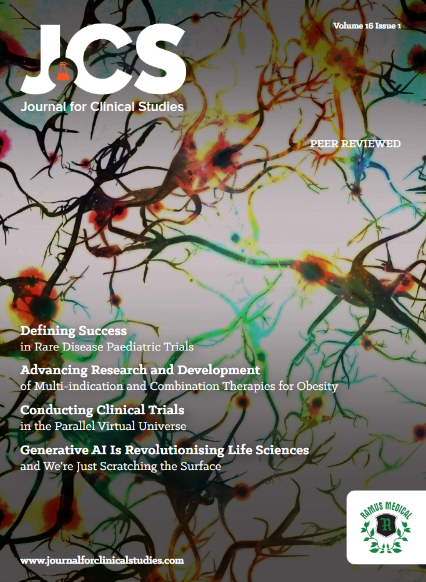Balixafortide combination with eribulin in metastatic breast cancer data presented at ESMO 2018 show consistent positive trend for all efficacy endpoints, including overall survival
Polyphor presented new efficacy data on its immuno-oncology candidate, balixafortide, at the European Society for Medical Oncology (ESMO) 2018 Congress in Munich, Germany.
Final efficacy data of the Phase I study on the full expanded cohort of 24 patients were presented at an oral presentation, including the new overall survival analysis. Key findings included:
– For the expanded cohort population, the trial has shown a consistent positive trend for all the efficacy read-outs including overall response rate (ORR) of 37.5%, median progression free survival (PFS) of 6.2 months and median overall survival (OS) of 18 months. The data for eribulin alone in its registration trial for the USA (“EMBRACE”)[*] were 13%, 3.7 months and 13.1 months, respectively.
– Safety and tolerability of balixafortide + eribulin appeared comparable to published data on balixafortide or eribulin alone.
– These promising results suggest that balixafortide + eribulin might provide a new therapeutic option in heavily pre-treated metastatic breast cancer (MBC) patients and warrant further investigation in a randomized clinical trial.
Dr. Javier Cortes, Head of the Breast Cancer Program at IOB Institute of Oncology, Barcelona & Madrid and senior Investigator at Vall d’Hebron Institute of Oncology said: “This trial has shown the potential anti-tumor activity of a new class of agent, CXCR4 antagonist, in heavily pre-treated HER2 negative patients with metastatic breast cancer. The 6.2 months progression free survival and overall survival results of 18 months suggest the combination of balixafortide with eribulin has potential to provide a new therapeutic option for these patients in need and warrants further investigation in a Phase III trial as well as exploration of additional combinations of balixafortide with other anti-cancer therapies.”
In addition, new preclinical data were presented in a poster session, where it was shown how balixafortide, after a substantial optimization process, represents the latest generation in CXCR4 antagonists with high potency and selectivity, strong receptor occupancy and a favourable ADME profile. Specifically, balixafortide showed superior potency in a panel of in vitro assays including receptor binding and occupancy, signaling pathways and chemotaxis.















